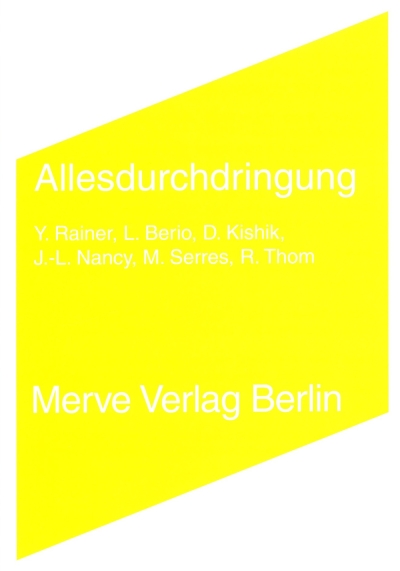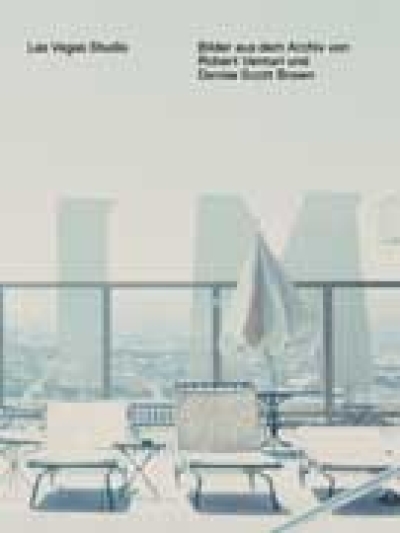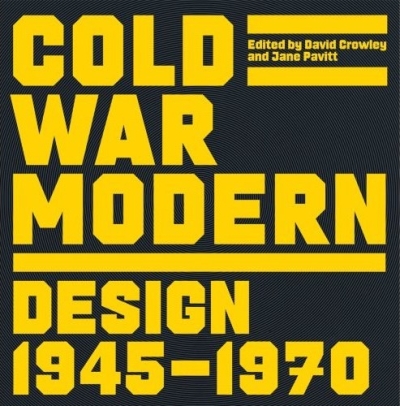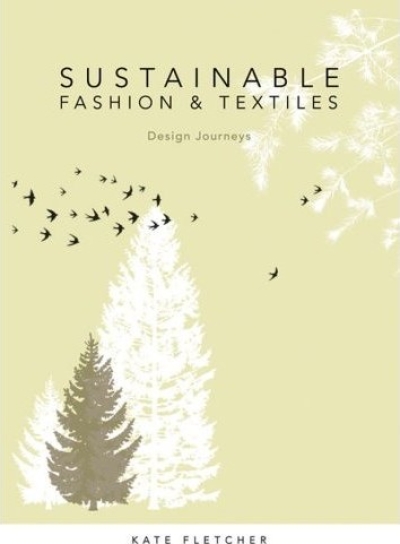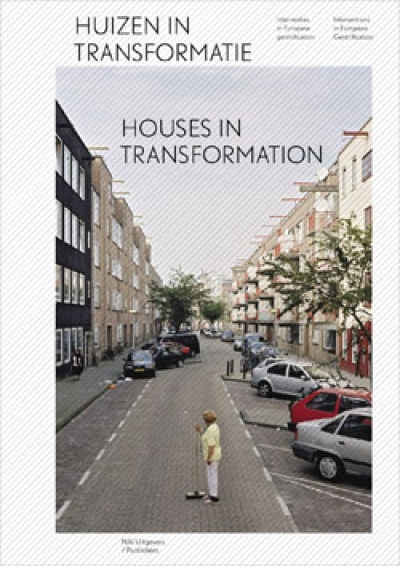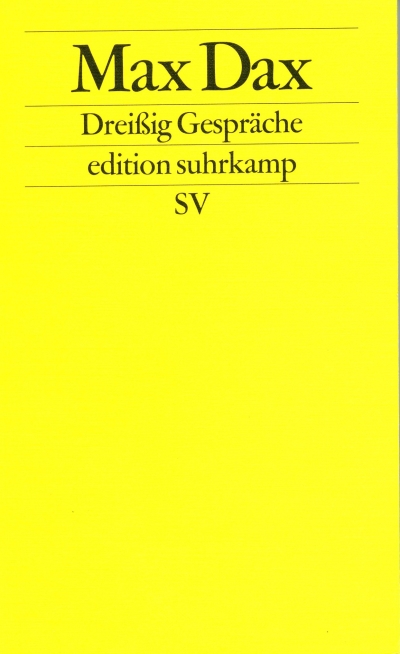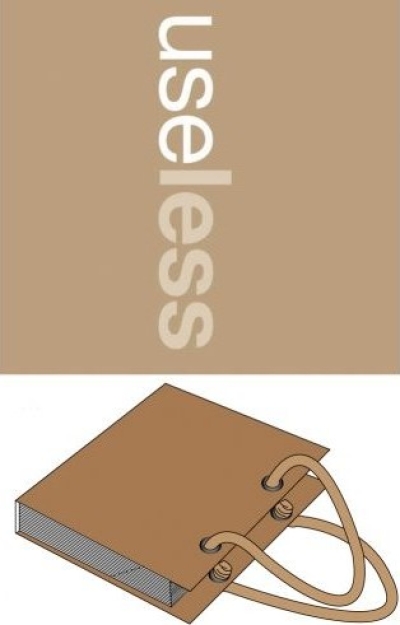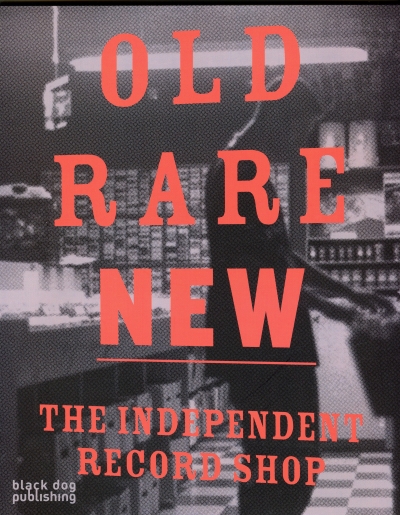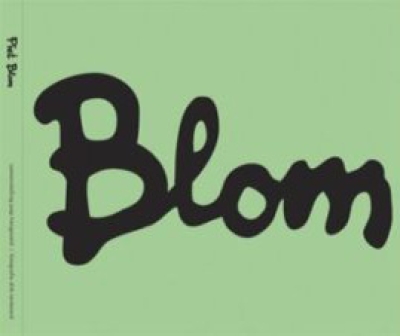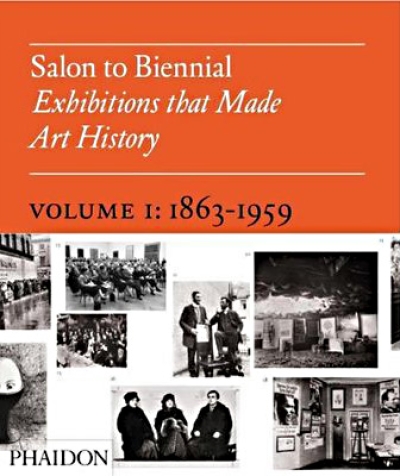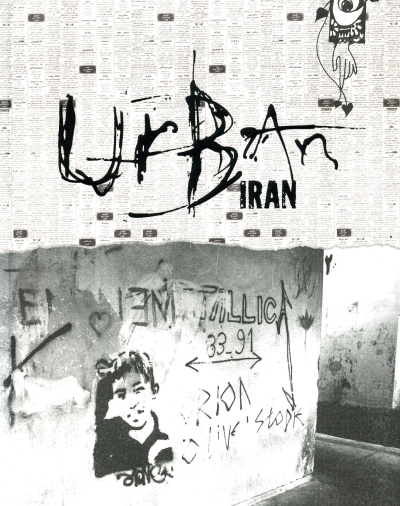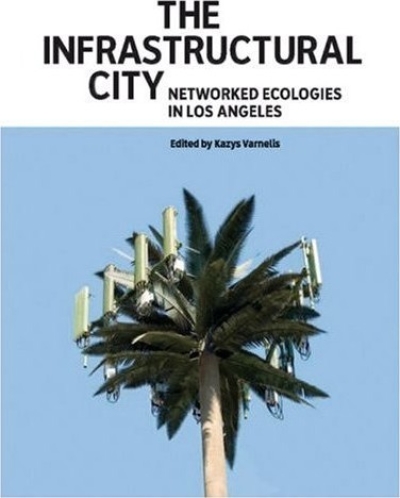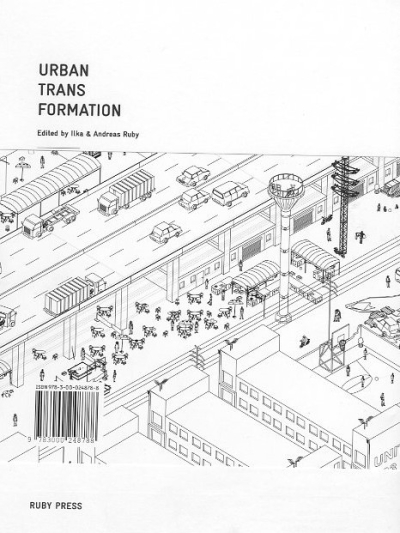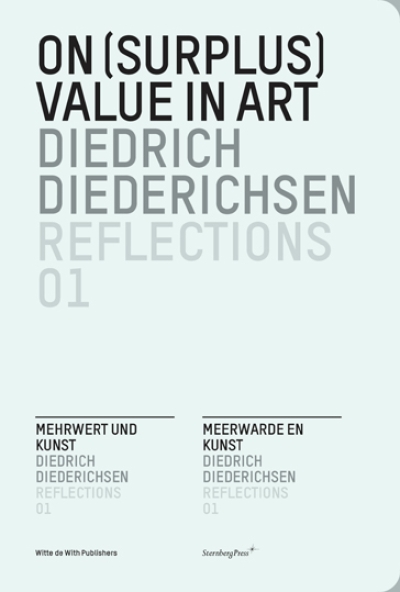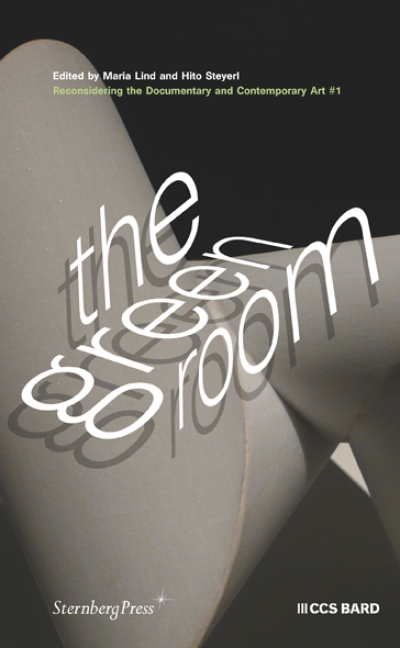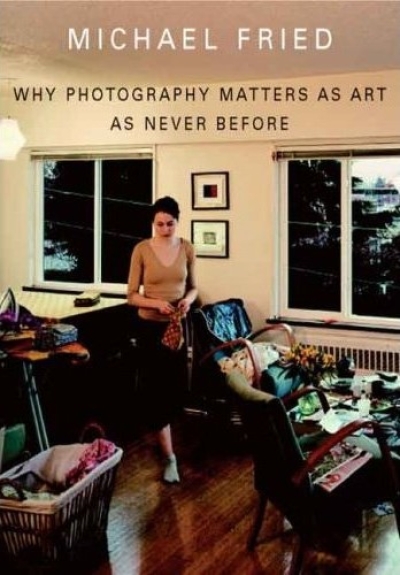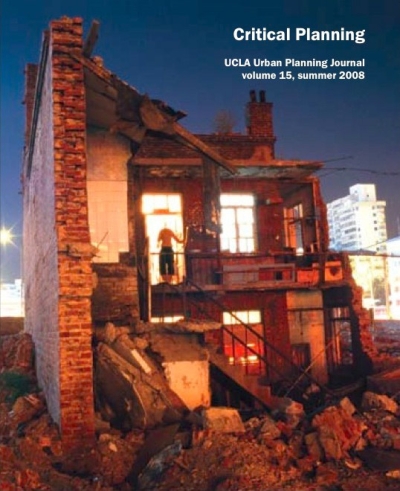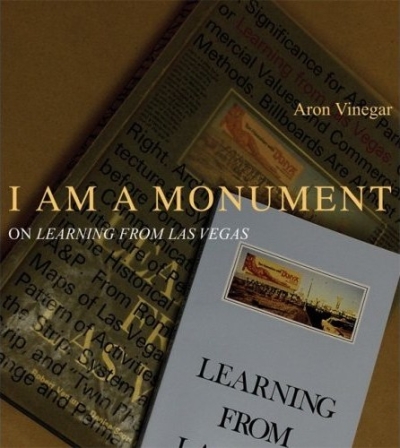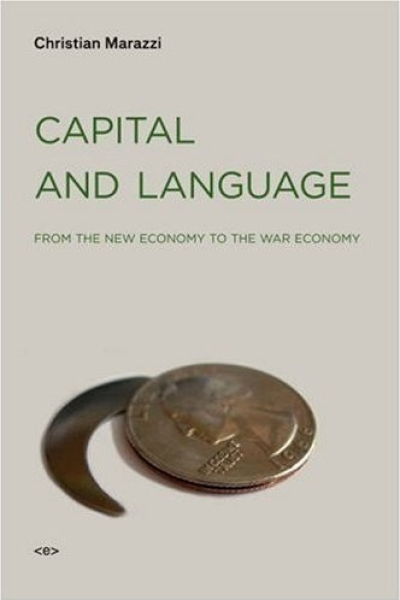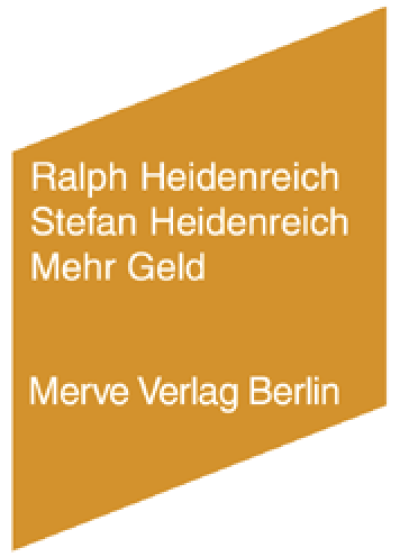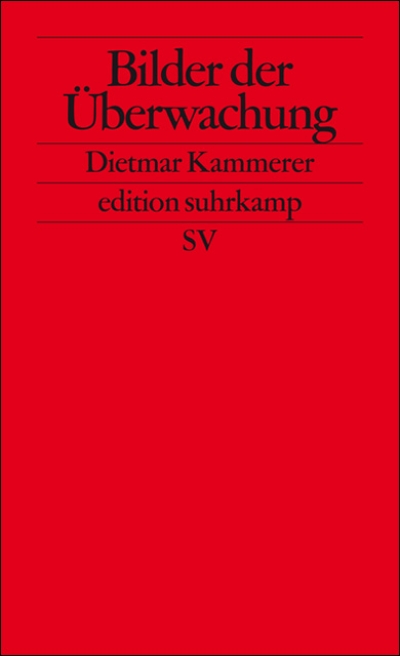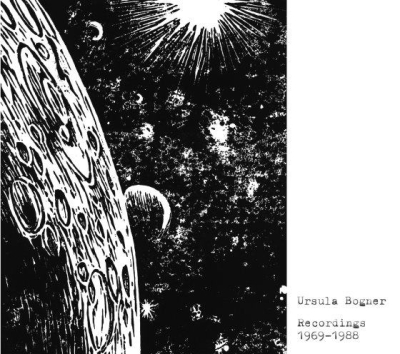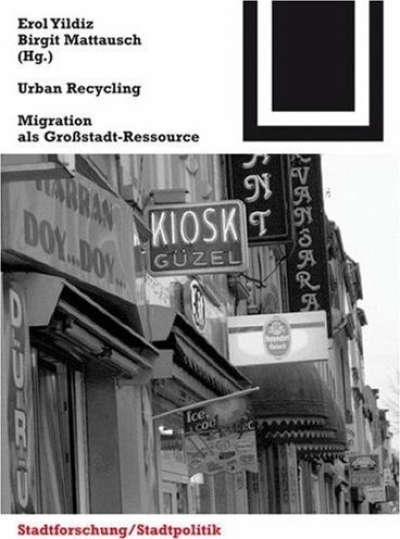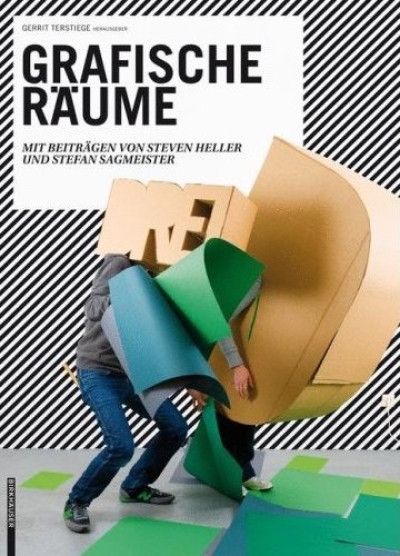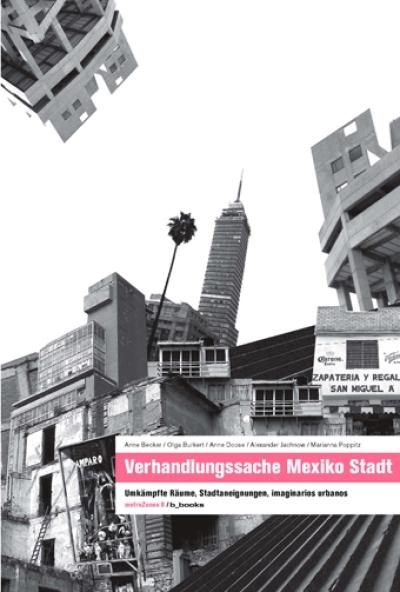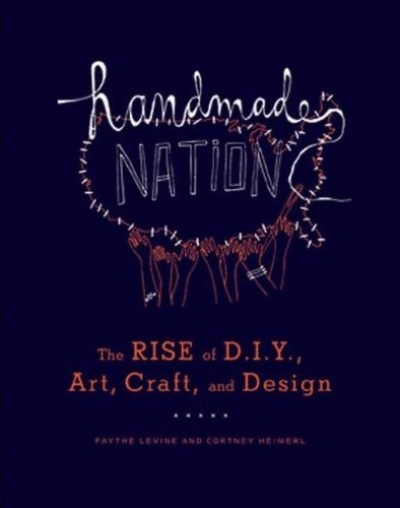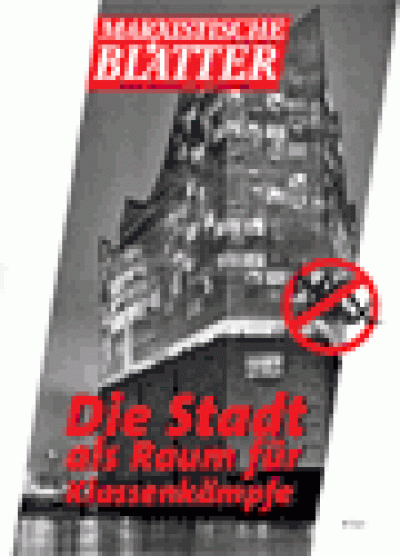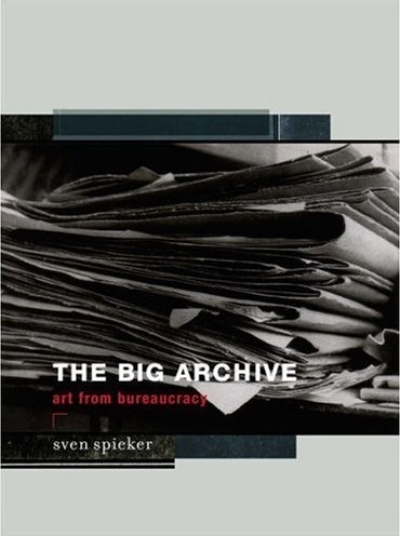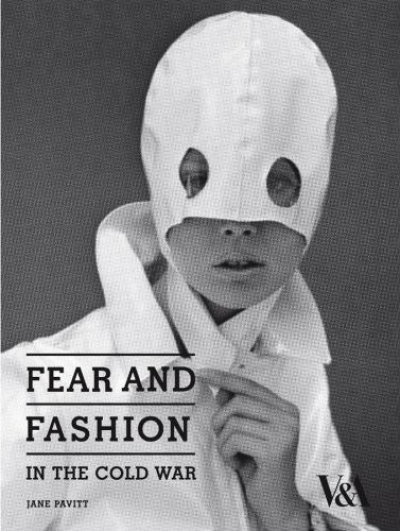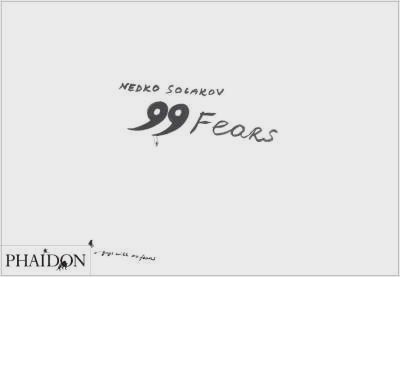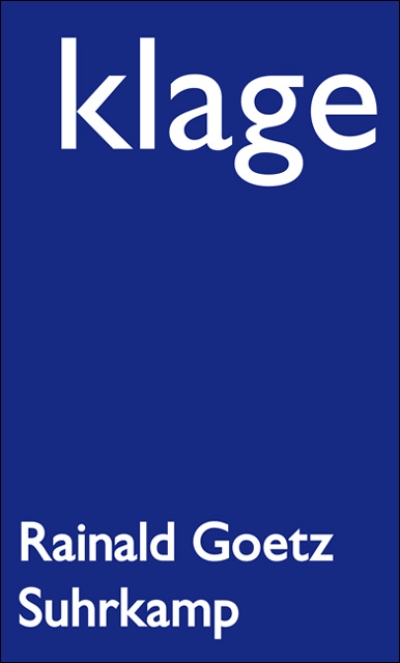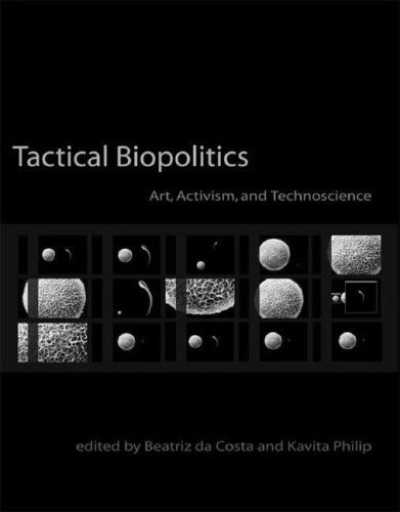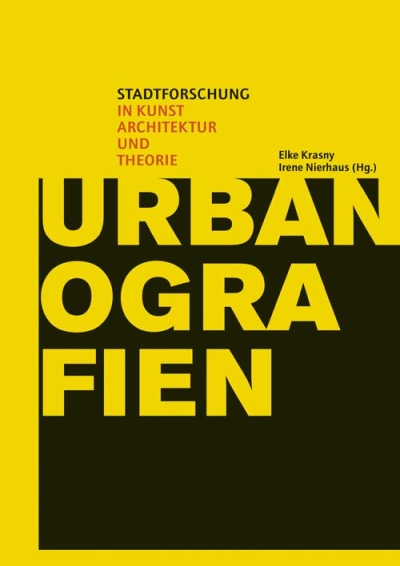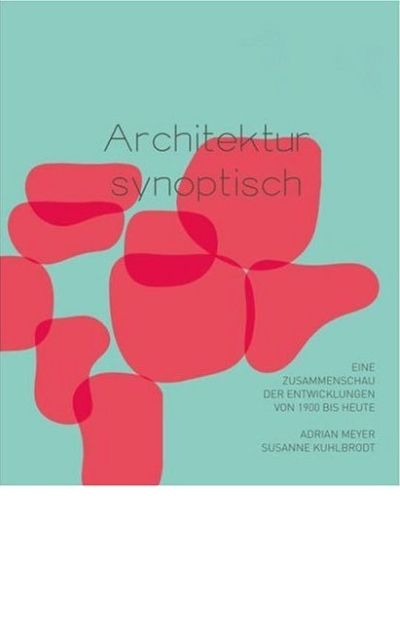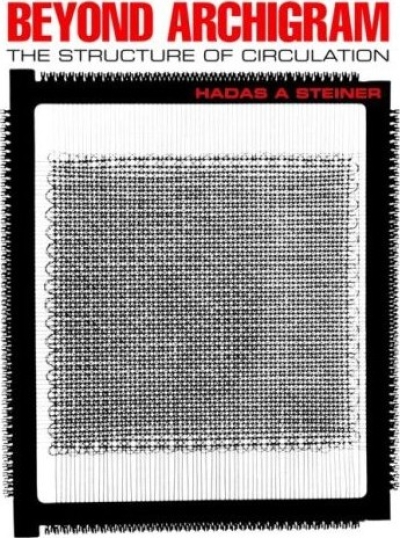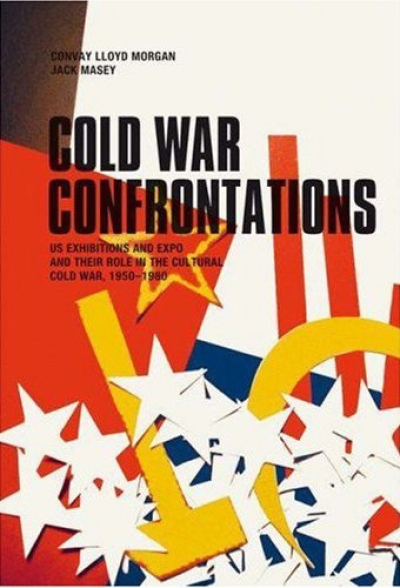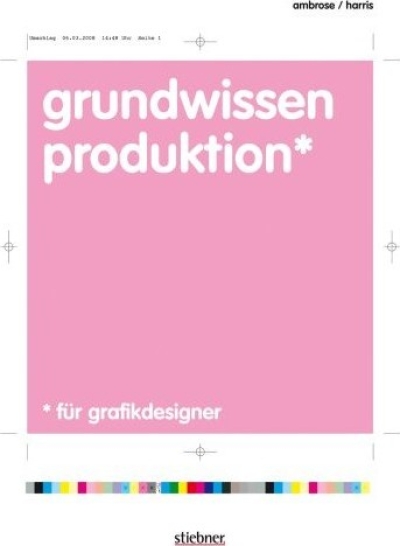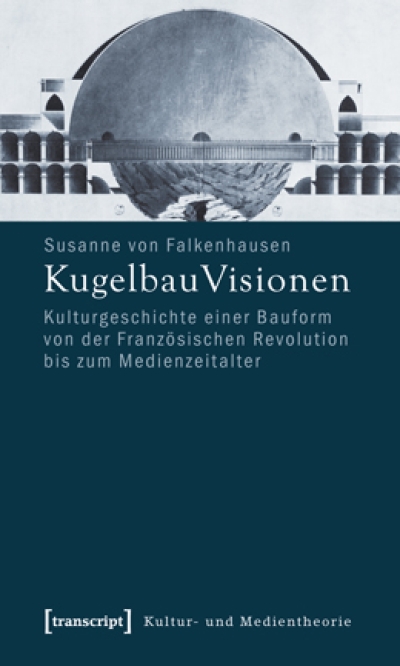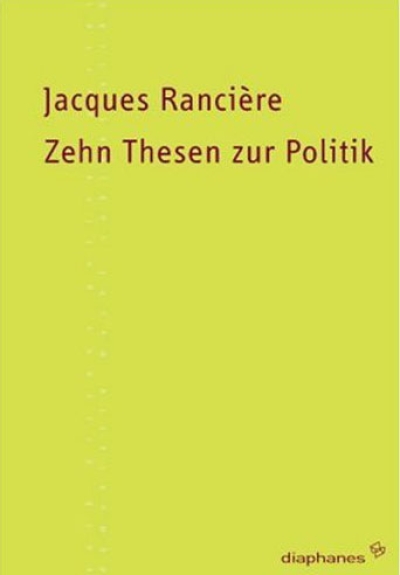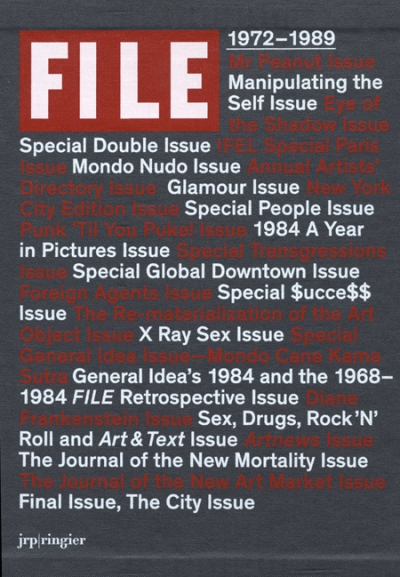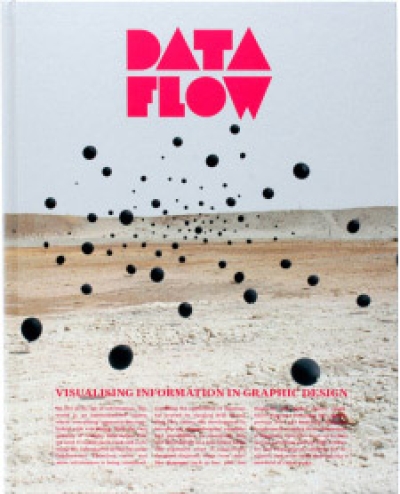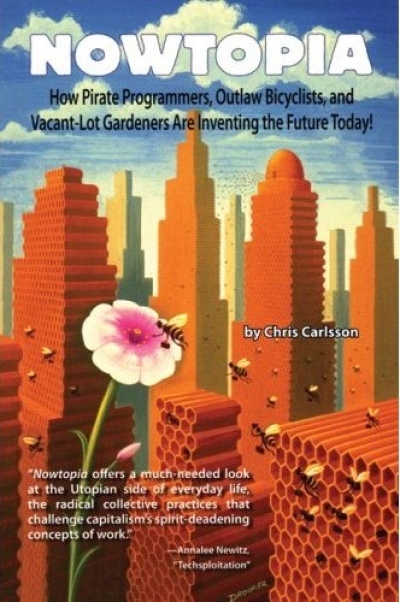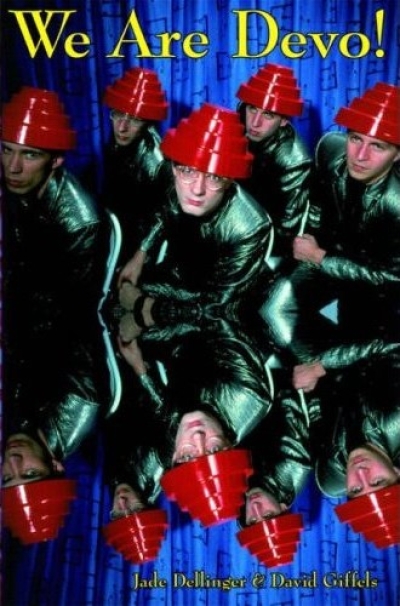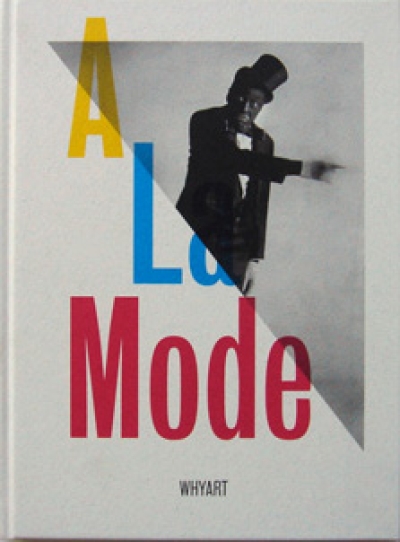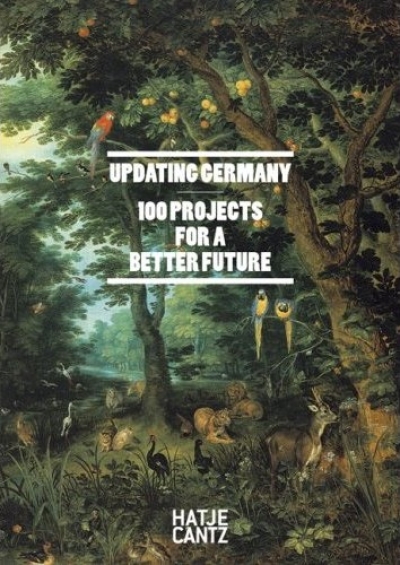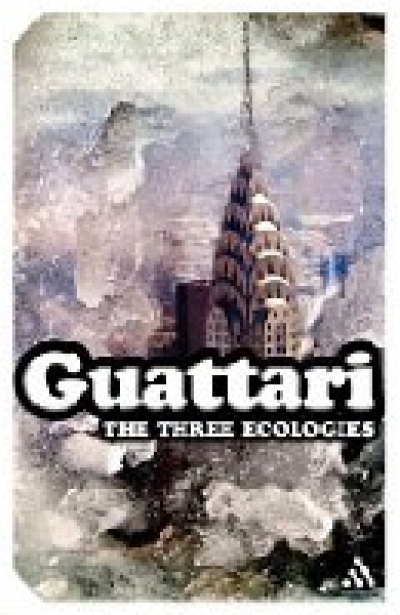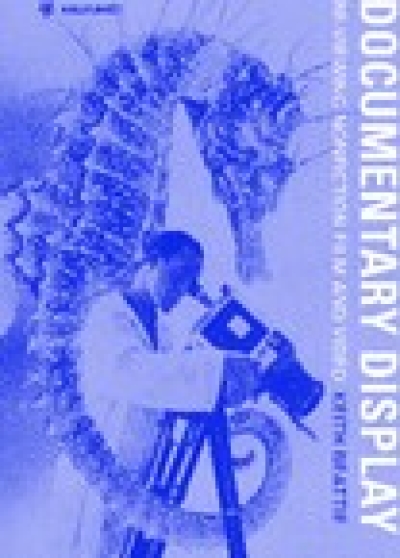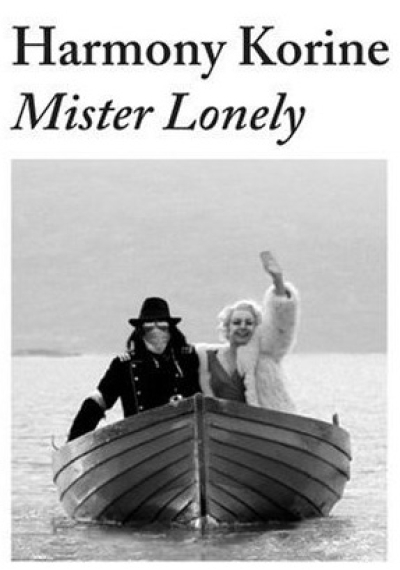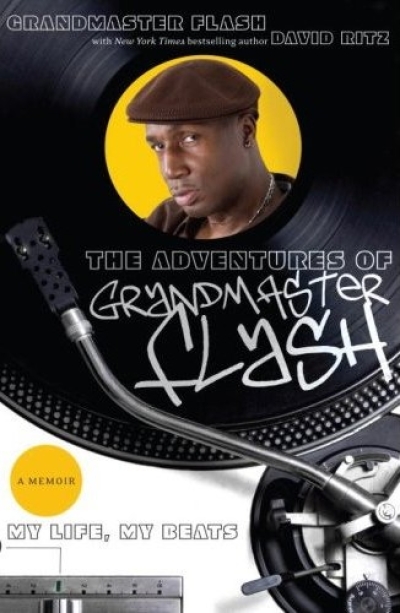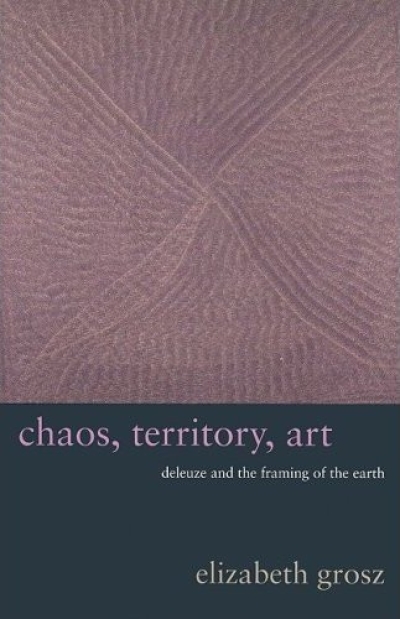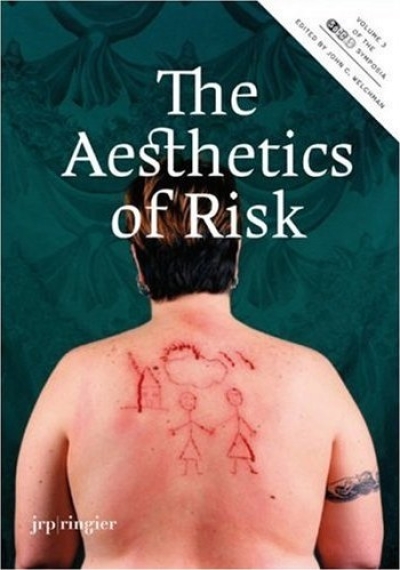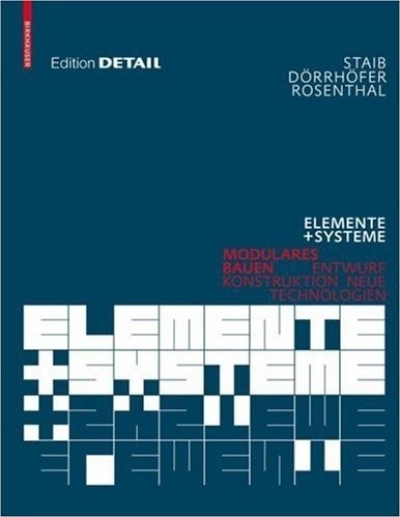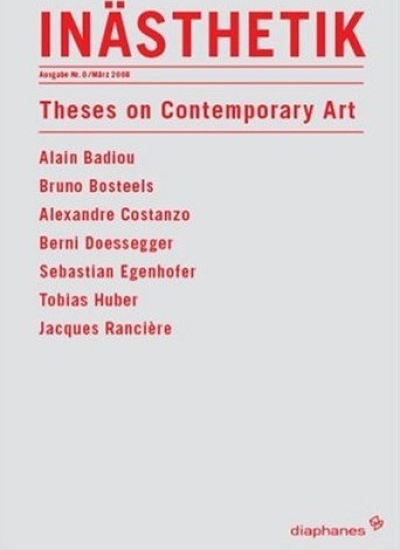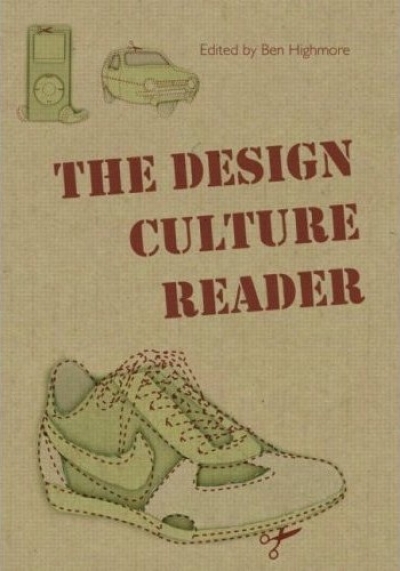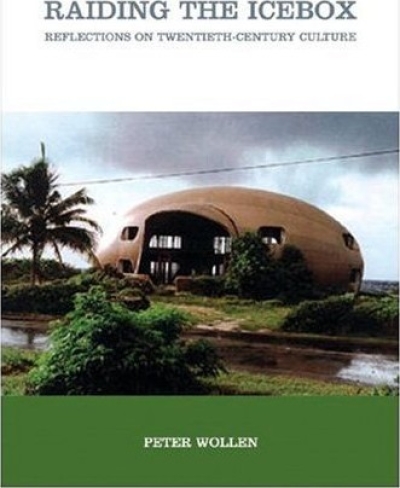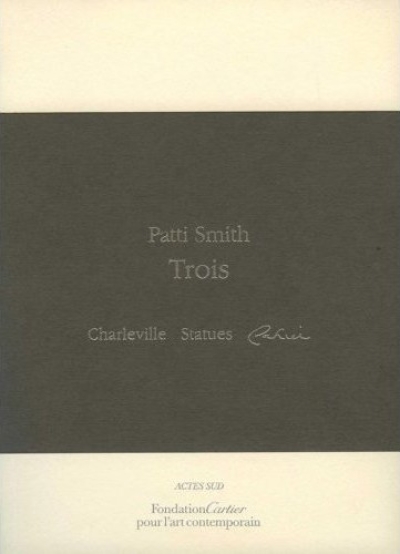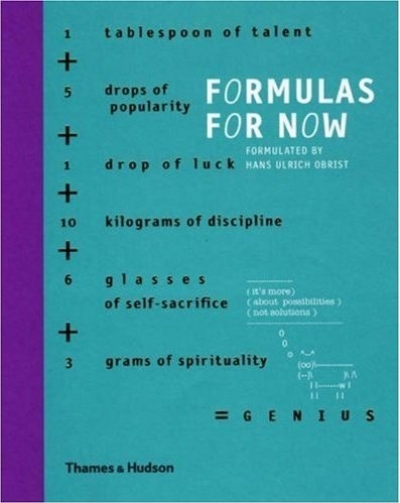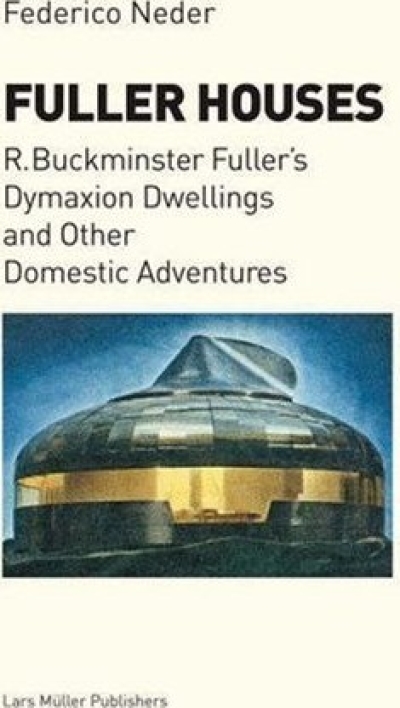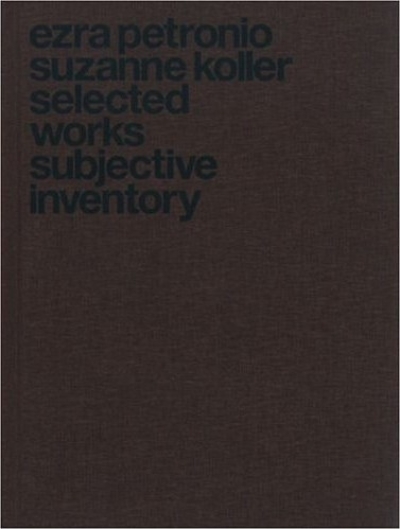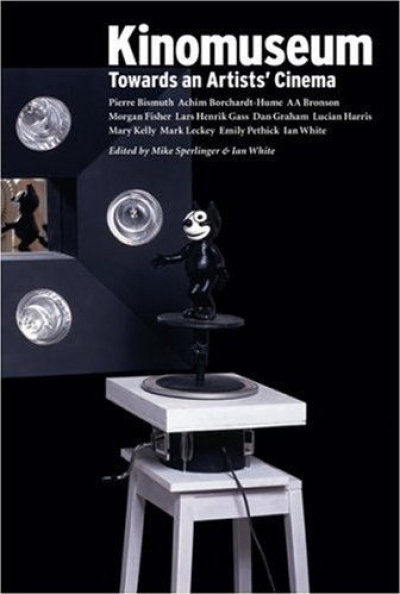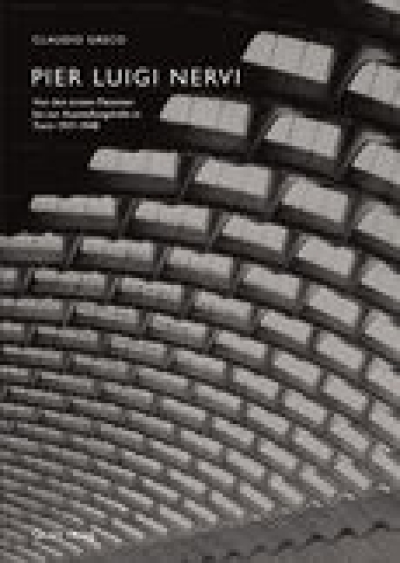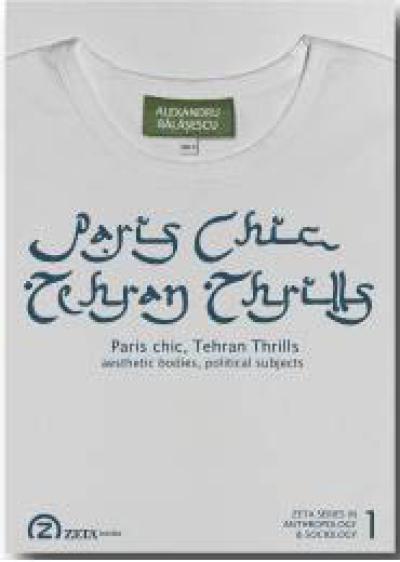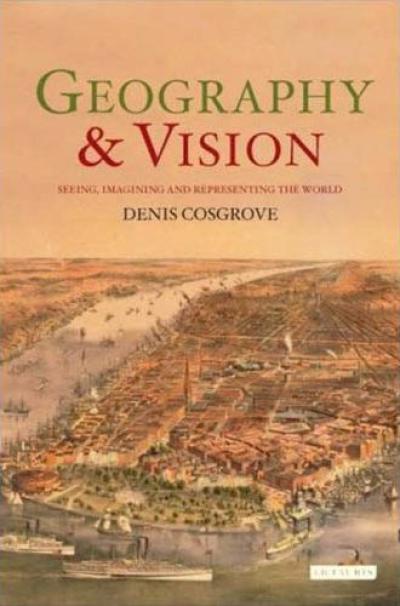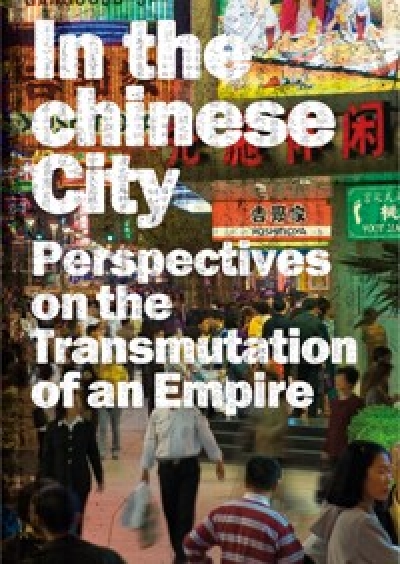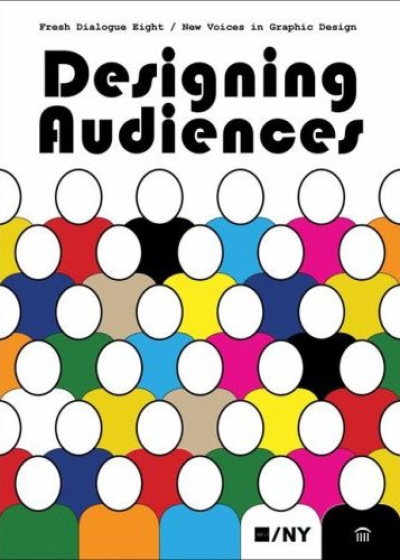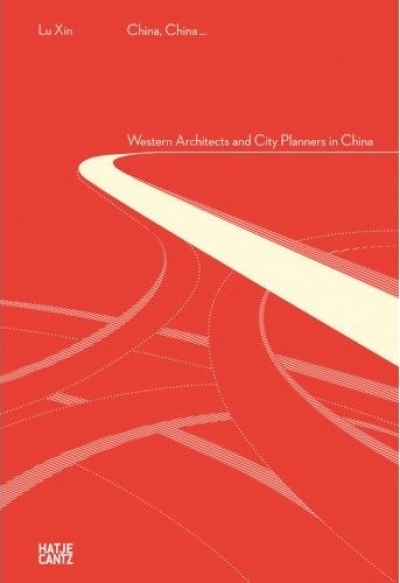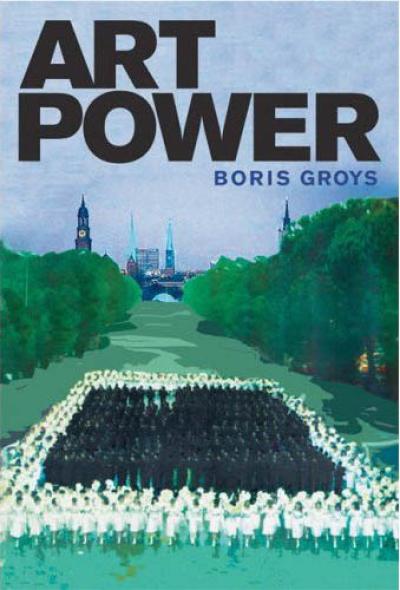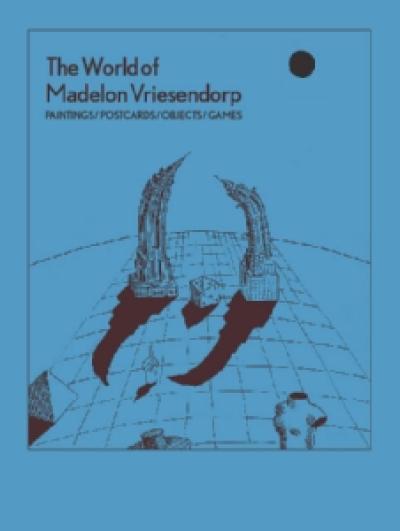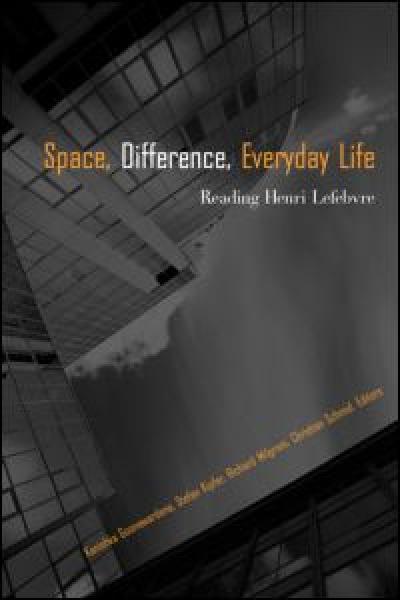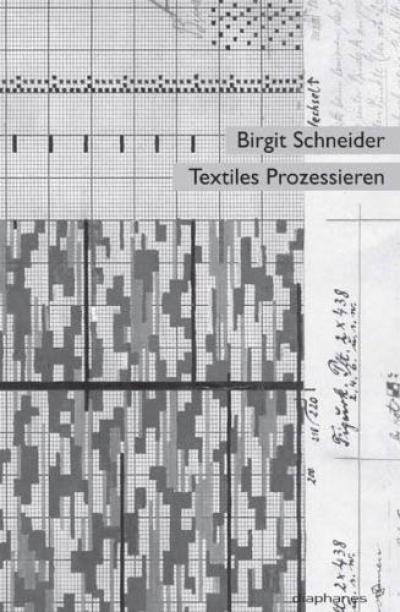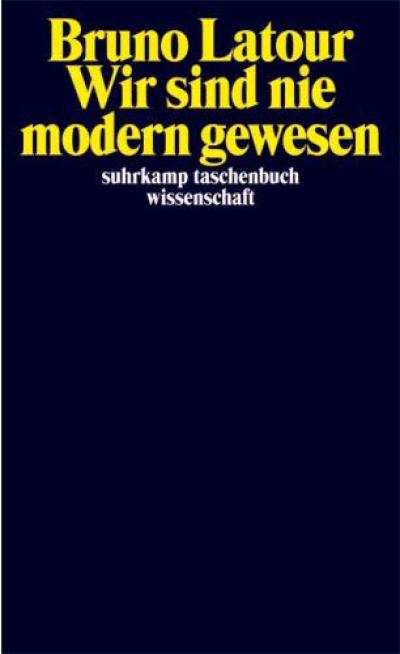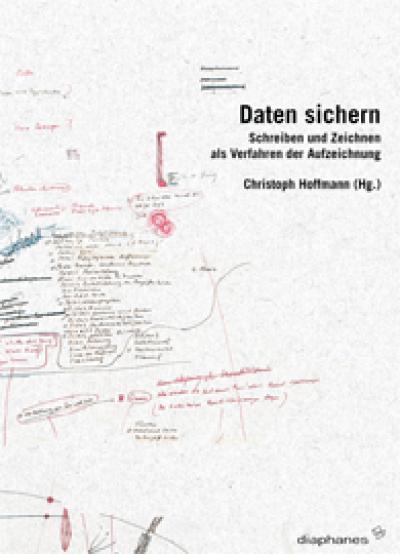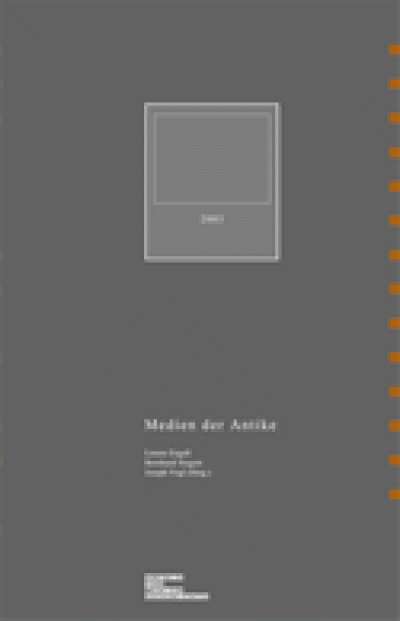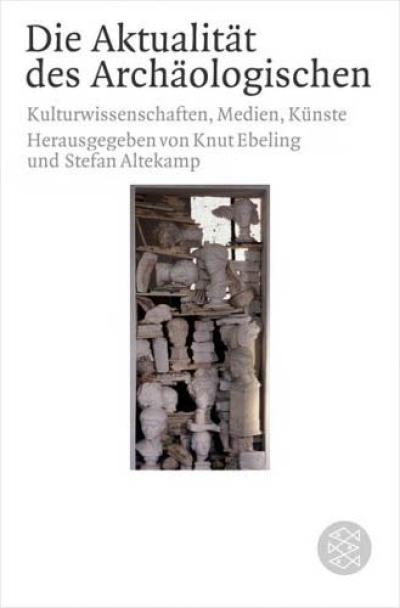Y. Rainer, L. Berio, D. Kishik, J.-L.…
Allesdurchdringung. Texte, Essays, Gespräche über den Tanz
Hilar Stadler, Martino Stierli
Las Vegas Studio. Bilder aus dem Archiv von Robert Venturi…
David Crowley, Jane Pavitt (Hg.)
Cold War Modern Design 1945-1970
Kate Fletcher
Sustainable Fashion and Textiles. Design Journeys
J. Berg, T. Kaminer, M. Schoonderbeek,…
Houses in Transformation. Interventions in European…
Max Dax
Dreißig Gespräche
Jackson Tan (Hg.)
Utterubbish. A Collection of Useless Ideas
Emma Pettit, Nadine Kathe Monem, Rita…
Old, Rare, New. The Independent Record Shop
Kevin Olson (Hg.)
Adding Insult to Injury. Nancy Fraser Debates Her Critics.
Hengedeld, Strauven, Bloom (Hg.)
Piet Blom. Monograph
Bruce Altshuler (Hg.)
Salon to Biennial. Exhibitions that Made Art History. Vol. 1
Salar Abdoh
Urban Iran
Bryan Bell, Katie Wakeford (Hg.)
Expanding Architecture. Design as Activism
Martina Löw
Soziologie der Städte
Kazys Varnelis (Hg.)
The Infrastructural City. Networked Ecologies in Los Angeles
Steffen Sauerteig, Svend Smital, Kai…
eBoy. Pixorama
Ilka & Andreas Ruby (Hg.)
Urban Transformations
Jörg Schröder, Barbara Kalender
Schröder erzählt
Diedrich Diederichsen
On (Surplus) Value in Art. Reflections 01
Maria Lind, Hito Steyerl (Hg.)
The Greenroom. Reconsidering the Documentary and…
Michael Fried
Why Photography Matters as Art as Never Before
Ava Bromberg (Hg.)
Critical Planning. UCLA Urban Planning Journal Vol. 15
Aron Vinegar
I Am a Monument. On Learning from Las Vegas
Christian Marazzi
Capital and Language. From the New Economy to the War…
Ralph Heidenreich, Stefan Heidenreich
Mehr Geld
Dietmar Kammerer
Bilder der Überwachung
Faitiche, Jan Jelinek (Hg.)
Ursula Bogner. Recordings 1969 - 1988 CD
Erol Yildiz, Birgit Mattausch (Hg.)
Urban Recycling. Migration als Großstadt-Ressource
Gerrit Terstiege (Hg.)
Drei D. Grafische Räume
Anne Becker, Olga Burkert, Anne Doose,…
Verhandlungssache Mexiko Stadt. Umkämpfte Räume,…
Michel Serres
Aufklärungen. Fünf Gespräche mit Bruno Latour
Faythe Levine, Cortney Heimerl
Handmade Nation. The Rise of DIY, Art, Craft, and Design
Marxistische-Blätter
Die Stadt als Raum für Klassenkämpfe
Sven Spieker
The Big Archive. Art From Bureaucracy
Thomas Meinecke
Jungfrau
Jane Pavitt
Fear and Fashion in the Cold War
Suzaan Boettger (Hg.)
Nedko Solakov. 99 Fears
Grada Kilomba
Plantation Memories. Episodes of Everyday Racism
Rainald Goetz
Klage
Beatriz Da Costa, Kavita Philip (Hg.)
Tactical Biopolitics. Art, Activism, and Technoscience
Elke Krasny, Irene Nierhaus (Hg.)
Urbanografien. Stadtforschung in Kunst, Architektur und…
Anna Schober
Ironie, Montage, Verfremdung. Ästhetische Taktiken und die…
Meyer, Kuhlbrodt, Aeberhard (Hg.)
Architektur synoptisch. Zusammenschau der…
Hadas A. Steiner
Beyond Archigram. The Structure of Circulation
Jack Masey, Conway Lloyd Morgan
Cold War Confrontations. US Exhibitions and their Role in…
Gavin Ambrose, Paul Harris
Grundwissen Produktion für Grafikdesigner
Susanne von Falkenhausen
KugelbauVisionen. Kulturgeschichte einer Bauform von der…
Jacques Rancière
Zehn Thesen zur Politik
General Idea, Beatrix Ruf (Hg.)
FILE Megazine
Friedrich von Borries, Matthias Böttger…
Bessere Zukunft? Auf der Suche nach den Räumen von Morgen
Wilfried Nerdinger, Architekturmuseum…
Sep Ruf 1908-1982. Moderne mit Tradition
Klanten, Bourquin, Tissot, Ehmann (Hg.)
Data Flow. Visualising Information in Graphic Design
Chris Carlsson
Nowtopia. How Pirate Programmers, Outlaw Bicyclists, and…
Jade Dellinger, David Giffels
We Are DEVO!
Aude Lehmann, Tan Waelchli
Whyart. A La Mode - The Third Way of Fashion
Denise Markonish (Hg.)
Badlands. New Horizons in Landscape
Friedrich von Borries, Matthias Böttger
Updating Germany. 100 Projekte für eine bessere Zukunft
Kunstverein Nürnberg, Albr. Dürer…
Thea Djordjadze
Felix Guattari
The Three Ecologies
Keith Beattie
Documentary Display. Re-Viewing Nonfiction Film and Video
Harmony Korine
Mister Lonely
Axel Schildt, Dirk Schubert (Hg.)
Städte zwischen Wachstum und Schrumpfung. Wahrnehmungs- und…
Grandmaster Flash
The Adventures of Grandmaster Flash. My Life, My Beats - A…
Elizabeth Grosz
Chaos, Territory, Art. Deleuze and the Framing of the Earth…
John C. Welchman (Hg.)
The Aesthetics of Risk. SoCCAS Symposium Vol. 3
Gerald Staib, Andreas Dörrhöfer, Markus…
Elemente und Systeme. Modulares Bauen. Entwurf,…
Tobias Huber, Marcus Steinweg (Hg.)
Inaesthetik Nr. 0. Theses on Contemporary Art
Ben Highmore (Hg.)
The Design Culture Reader
Peter Wollen
Raiding the Icebox. Reflections on Twentieth-Century…
Antonio Negri
The Porcelain Workshop. For a New Grammar of Politics
Patti Smith
Trois (Charleville, Photographies, Cahier)
Hans Ulrich Obrist (Hg.)
Formulas for Now
Federico Neder
Fuller Houses: R. Buckminster Fuller's Dymaxion…
Ezra Petronio, Suzanne Koller
Ezra Petronio, Suzanne Koller: Selected Works, Subjective…
Mike Sperlinger, Ian White (Hg.)
Kinomuseum. Towards an Artist's Cinema
Claudio Greco
Pier Luigi Nervi. Von den ersten Patenten bis zur…
Dimitris Papadopoulos, Niamh Stephenson…
Escape Routes. Control and Subversion in the Twenty-first…
Alexandru Balasescu
Paris Chic, Tehran Thrills. Aesthetic Bodies, Political…
Christoph Schaub, Michael Schindhelm
Bird's Nest (DVD, 87 min.). Jacques Herzog und Pierre…
Denis Cosgrove
Geography and Vision. Seeing, Imagining and Representing…
Frédéric Edelmann (Hg.)
In the Chinese City. Perspectives on the Transmutations of…
AIGA NY Chapter
Designing Audiences. AIGA/NY Chapter (Fresh Dialogue)
Xin Lu
China, China...: Western Architects and City Planners in…
Boris Groys
Art Power
Felicity D. Scott
Architecture or Techno-Utopia. Politics after Modernism
Shumon Basar, Stephan Trüby (Hg.)
The World of Madelon Vriesendorp
Kanishka Goonewardena, Stefan Kipfer,…
Space Difference, Everyday Life. Reading Henri Lefebvre
Birgit Schneider
Textiles Prozessieren
Sophie Salin
Kryptologie des Unbewußten. Nietzsche, Freud und Deleuze im…
Jens Ruchatz, Stefan Willer
Das Beispiel: Epistemologie des Exemplarischen
Nicolas Pethes, Birgit Griesecke,…
Menschenversuche. Eine Anthologie 1750-2000
Jan Lazardzig
Theatermaschine und Festungsbau. Paradoxien der…
Bruno Latour
Wir sind nie modern gewesen. Versuch einer Symmetrischen…
Christoph Hoffmann (Hg.)
Daten sichern. Schreiben und Zeichnen als Verfahren der…
Sabine Flach, Inge Münz-Koenen,…
Der Bilderatlas im Wechsel der Künste und Medien
Lorenz Engell, Bernhard Siegert, Joseph…
Medien der Antike. Archiv für Mediengeschichte, No. 3
Knut Ebeling, Stefan Altekamp
Die Aktualität des Archäologischen. Wissenschaft, Medien,…
Bernhard J. Dotzle
Diskurs und Medium. Zur Archäologie der Computerkultur

